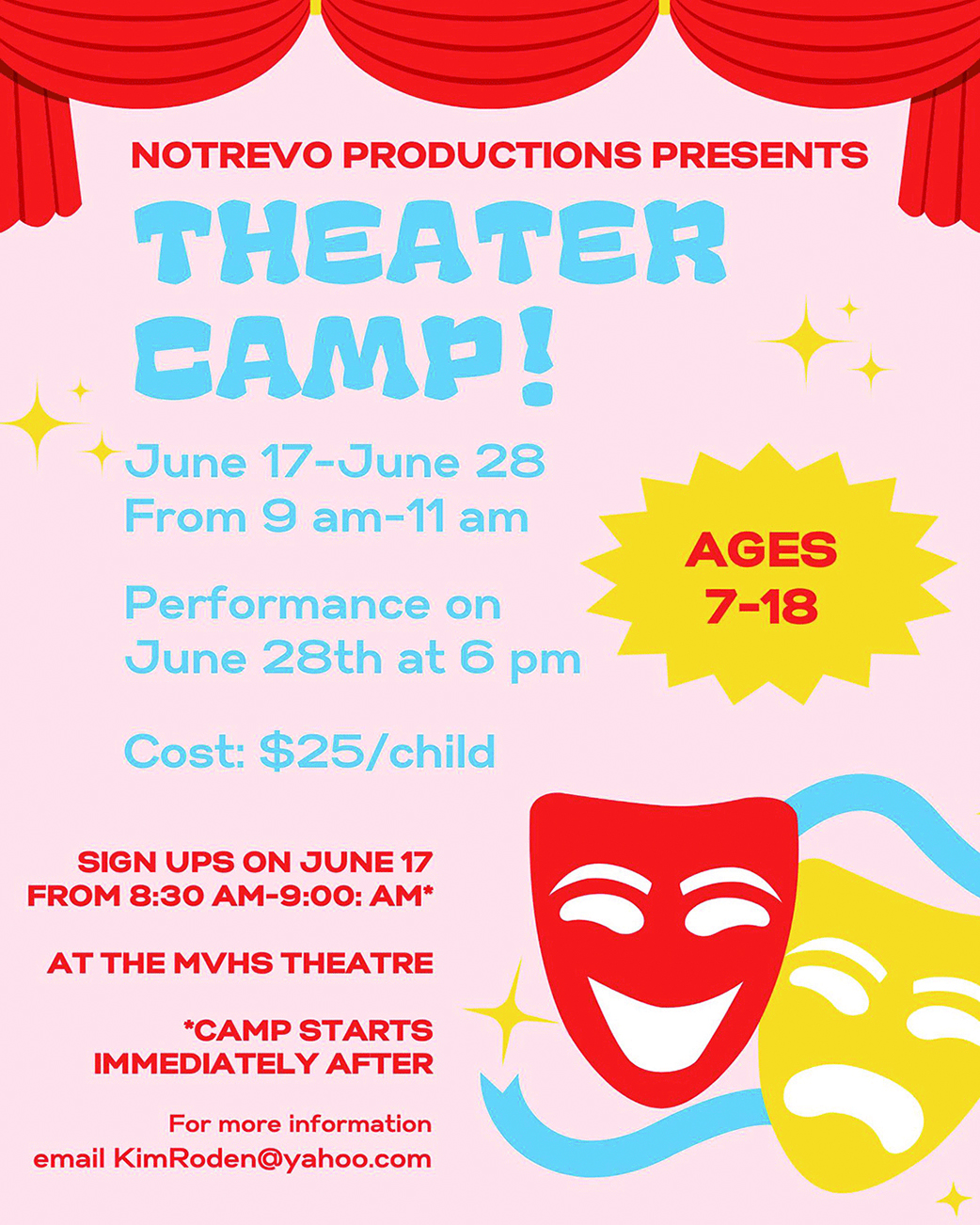By CHERYL JENSEN
The Progress
“Food preservation in days gone by and surviving the summer heat” was the title of a presentation given by Virgin Valley Heritage Museum Director Elspeth Kuta at the Mesquite Library branch on Wednesday, April 12.
Kuta told stories of early settlers drying jerky, keeping food in root cellars, and bottling or pickling produce from their gardens and orchards. All of the settlers had gardens and grew a lot of their food and then needed to preserve it, she said.
In those early days, nearly all the homes had root cellars which would stay about 40 degrees no matter what the outside temperature was. The cellars were a summer retreat from the 110+ daytime temperatures. To keep milk and other food cool they built a wooden frame and covered it with burlap. As the children walked by the small structure, they were assigned to ladle water over the burlap to keep the milk and butter underneath it cool.
Fruit was bottled or put in crocks with paraffin around the top. “Butter would keep for a month in a small crock that was sealed from the air,” Kuta said.
She explained that the women had clay stamps they would use to mark their pound of butter. When they had extra, they traded it to the Frehner’s Store to sell. Thus, the butter was “branded.”
“If you liked the butter from a particular farm, you could ask for the butter with their stamp on it,” Kuta said. “The women also became expert in making cheese.”
Bread was made every day from the grain they grew. “They had small hand-grinders or they would take larger quantities to the flour mill which used to be at the end of Old Mill way,” Kuta explained.
When it was time for canning fruit, the families would gather and peel peaches or can apricots. It usually lasted 2-3 days of peeling and bottling fruit.
“It was a lot of work.” Kuta said. “But they all enjoyed visiting and the kids joined in helping too. The McKnight’s had a place behind the Beaver Dam Lodge that had a whole orchard of apricots and many people went there to pick.”
Beans were a staple food as they are “filled with nutrition.” Kuta explained how they were prepared.
“They would make a big pot of beans early in the morning when they had a fire in the stove,” Kuta said. “They would have some beans for breakfast, set aside some for lunch and then at dinner they would serve beans with bread, milk and onions.”
Pomegranates produced a large crop in the fall in Virgin Valley. They grew along the ditch banks and there were also large orchards.
When the pomegranates were ripe, the settlers took them to Enterprise, Utah to trade for corn and potatoes. Trading was also done with the communities of Santa Clara with their orchards of cherries, Hurricane which was noted for its peaches and other nearby settlements.
Along with pomegranate orchards there were grape vineyards. Thompson seedless grapes were the main variety but a few other varieties were also grown. The grapes were picked and put on trays to dry in the sun for seven days. Then they would be flipped over and dried for another three days.
“The raisins were equivalent to candy for the children,” Kuta explained.
Figs and mulberries also grew well in the valley, Kuta added. “The kids loved to stuff themselves with fresh mulberries,” Kuta said. “But their clothes told the tale later with the dark stains.”
Abe Woodbury had bee hives and sold his honey or traded it for other items.
Most people had their own chickens and eggs. “Eggs would keep in the cupboard for a month if not washed,” Kuta said. “When it came to butchering the chickens, the feathers were flying as they were plucked and cleaned. People looked out for one another and when they had too many they would share their fresh chickens with other neighbors.”
In the summer these pioneers did a lot of their cooking outside under a bowery in Dutch Ovens. It was a one pot dinner with everything put in one pot and set over the coals to bake.
“Time was a commodity,” Kuta said. “Priorities were determined and work was done based on the seasons and helping hands available. Barter was used instead of buying and selling as there was not much cash.”
The extreme summer heat required some adjustments to life for these early Virgin Valley residents, Kuta continued.
“The walls of most homes were either made of rock or adobe,” she said. “They were 18” to 2 ft. thick and were cool. But when it got extremely hot, wet sheets were hung on the windows so the breeze could blow through and cool the house a little more. Some people slept with a tub of water next to their bed. When they got warm, they would dip the sheet back in the water and cover with it.”
Since the alfalfa was watered at night, some of the kids would go sleep next to the alfalfa fields in the summer.








![ElectionAd [Recovered]2](https://mvprogress.com/wp-content/uploads/2024/05/4-24-2024-FC-ElectionAd-Finalv3.jpg)

